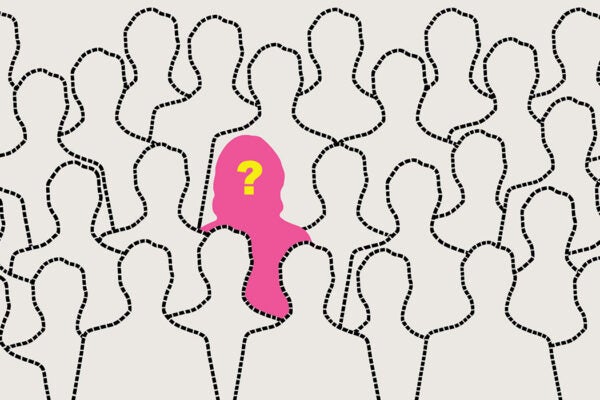Before there was Homer Simpson or Ray Barone, there were sitcom dads like Ward Cleaver, Jim Anderson, and Danny Williams. These all-American dads made new television networks big bucks—and in the early 1960s, an Illinois Children and Family Services worker named June E. Foster tried to figure out how they’d impacted contemporary American fathers.
“Now television,” she wrote, “…is a powerful socializing force.” She wondered if television fathers were contributing to what she saw as an epidemic of broken homes and confused gender roles. So she surveyed 28 real-life dads.
First, she had the fathers capture their concept of the ideal father in a document that contained thirteen different attributes. Participants could rate each attribute by its importance or unimportance on a sliding scale. They ranked attributes like sociability, morality, potency, and excitability. Then, two weeks later, they did the same for television fathers from Lassie, Dennis the Menace, Father of the Bride, and Danny Thomas.
The ideal father identified by the men in the studies reads as a paragon of both manliness and parenting. Logical and calm, sociable and effective, this ideal father was wise, strong, and slightly dominating. This “warm, secure person” was reliable and competent.
So how did the TV dads score on this demanding scale? Not that well. The men rated TV dads as less effective, wise, and consistent than the ideal dad. These permissive fathers differed greatly from the imaginary father against which they were measured. The dad from Lassie won out as most ideal, but even he couldn’t quite make the grade.
For Foster, the study was a step toward understanding the frightening and potentially destabilizing force of television. “The social anxiety caused by the unknown effect of television” warranted further study, she concluded. She also pointed out that television could be used to spark conversations about parenting and child development, perhaps pointing to a positive use for the new medium.
Foster’s recommendation that parents “censor, if necessary, the images of family life and roles presented in television’s family series” may seem curious in an age when hyperrealistic violence, vapid “reality” and brutal political discourse dominates the airwaves. But it reflects its era’s preoccupation with “proper” roles for parents and children—a preoccupation that was about to be exploded by the Kennedy Assassination, the Vietnam War, Richard Nixon, and a cultural shift that put teenaged rebellion and a rejection of all things “square” at the forefront of American culture.
Foster thought her study would set the stage for a better understanding of the effects of television, but in 2017 it reads as a document of an institution teetering on the edge of revolution.







